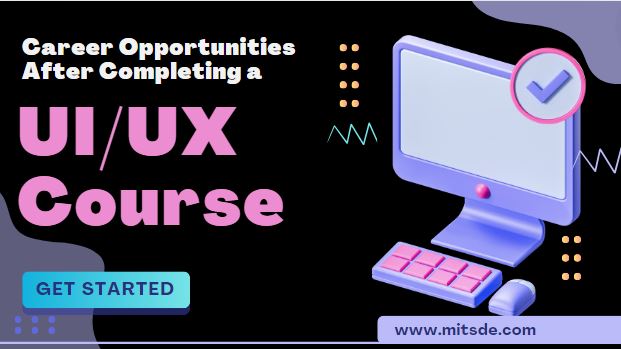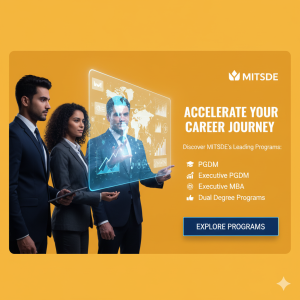
Moonshot, if you have ever heard this term it refers to the unimaginable made possible. This term was used for John F. Kennedy’s supposedly impossible goal of sending people to the moon without the required technology or means in 1961.
Artificial Intelligence (AI) though is a reality today and was considered a moonshot, not more than just a decade ago.
AI technologies have found their application in numerous fields and are proving to be an asset for businesses.
AI in business functions has been a challenging yet fruitful task. Traces of its application can be seen in routine, mundane, methodical, and repetitive HR activities.
Let’s take a closer look at how AI in HR is helping solve critical business challenges –
The talent lifecycle as described in the figure below follows certain steps that have been replaced or supplemented by Artificial Intelligence and Machine Learning.

- Selection – The primary stage in the employee lifecycle, is when the job seekers are actively searching for a job that fits their skill set and the employers sourcing potential candidates for a sea of applications.
The AI helps ease the task of the HR department by sifting through the applications and highlighting those that match the job description. Interactive chatbots and application experience play an important role in making the applicants understand the job, clarify their queries and save the time & effort of the HR team in answering those questions.
AI algorithms can also recommend the candidates searching for a job and recruiters with relevant skills and profiles. It can also perform background checks on the candidates. This reduces the chances of hiring bias.
- Onboarding – The AI algorithms predict the time required for recruitment, and detect the hiring requirements and employee attrition. Thus the company can strategize on its hiring process and fill the requirements at the earliest. It can also make predictions about the potential duration of the candidate in the organization and the level of performance based on the resume, background, and past trends. This also helps in defining the KRAs and the performance indicators.
- Development – An employee to has certain personal goals that he seeks to fulfil through the job. It may be in terms of monetary goals, skill development, career path progression, or domain switch. These goals drive employee performance.
AI algorithms find patterns of filtering out the potential driving factors through the surveys conducted. This helps managers understand performance and predict employee engagement possibilities. For example, IBM managers get alerts if anyone has been in the system for a long, has the necessary skill sets, and is eligible for a promotion.
- Team Building – Along with employee engagement and job satisfaction, team building is crucial for the success of any task, project, or organization. AI tools assess the training & development needs of any team or individuals and predict the propensity of an employee to quit the job. They also analyse the employee referral data, compare the previous performance of the referred candidates by the employee, the number of referrals, and capitalize on the engagement.
- Succession planning – AI helps in identifying the employees who are retiring or are likely to quit. In such cases, the tools help to identify potential successors or advice on the ways of employee retention. The managers can leverage the data such as tenure, the salary range in the market, skill set, last raise, and the overall performance of the employees to develop retention strategies.
- Separation – Employees may choose to leave or may retire despite the efforts put in by HR to retain them. In such cases, the separation and exit from the organization should not be a traumatic experience for the employee. An exit interview should be conducted to understand the potential cause of employees quitting the job, and understand the employee mindset and gaps in the organization. This helps to work on retention, engagement, and compensation strategies.
- Compensation – This is one of the most key tasks of any HR team. Compensation or base pay decisions are based on the factors like performance, market rate, needs & relevance of the skills, and whether the performance can be mapped to value addition for the organization.
Another important decision is to offer compensation in form of bonuses or incentives. The long hours of calculation are minimized due to the AI tools. Multiple variables are considered simultaneously to arrive at an optimal base pay decision with the help of these tools.
AI is proving to be a good return on investment due to the efficiency, ease, unbiased results, and automation of time-consuming yet mundane tasks.
Paul Daugherty, chief technology and innovation officer, Accenture says,
“In our business, we talk about emerging technologies and how they impact society. We’ve never seen technology move as fast as AI has to impact society and technology. This is by far the fastest-moving technology that we’ve ever tracked in terms of its impact and we’re just getting started.”
This proves to show that technology will replace human efforts in the coming years, but the solution to this redeployment of the workforce. Understanding these changing trends is of fundamental for an HR manager or business leader.
MIT School of Distance Education (MITSDE) is an institute that understands the current skills gap in the market and strives hard to reduce it. Hence, MITSDE brings you PG Diploma (PGDM in HR) in Human Resource Management.
The course covers the basics of Human Resource Management, analytical skills, International HR practices, and the latest trend in E-HRM.


